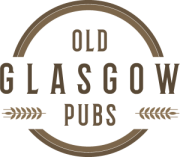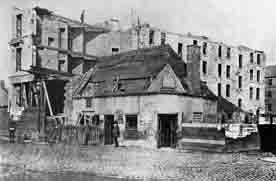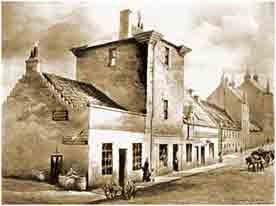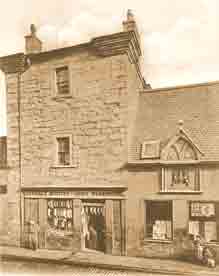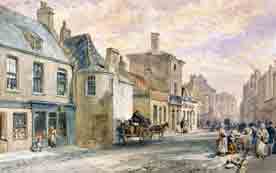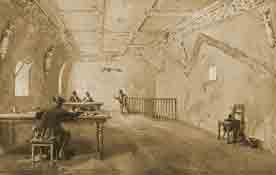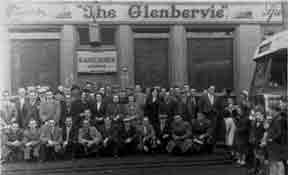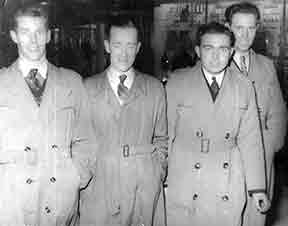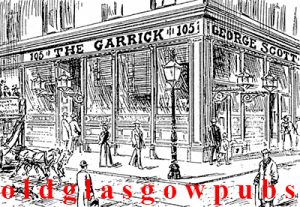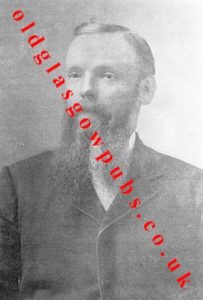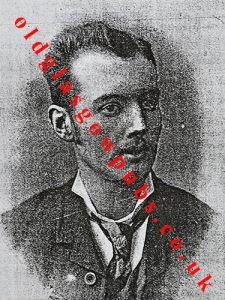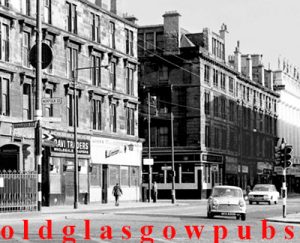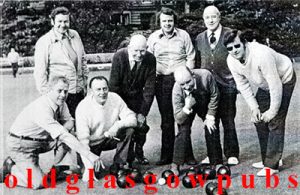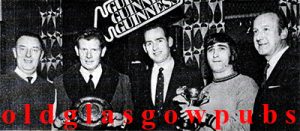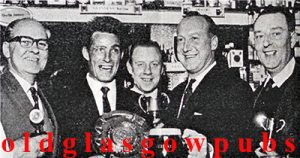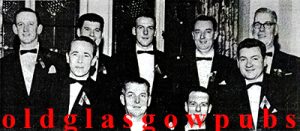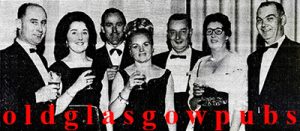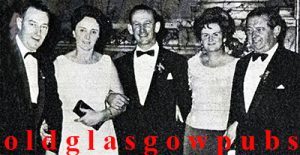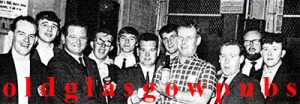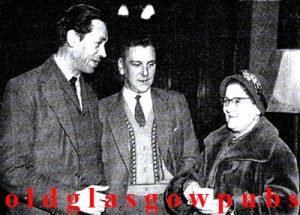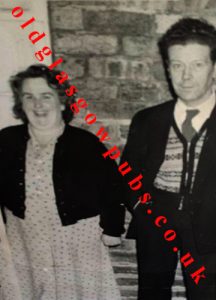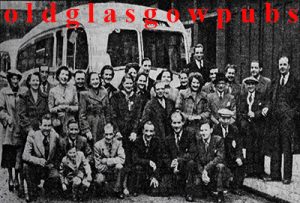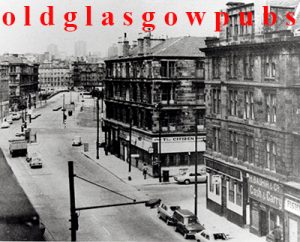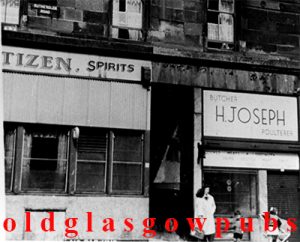62 Main Street, Gorbals, Glasgow. also known as 62 Gorbals Street.
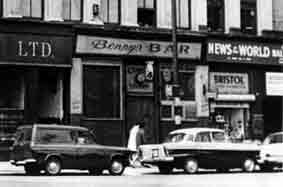
Benny’s Bar. 1960s.
Benny’s Bar was named after landlord Bernard McEneny who took over the pub in October 1958. Mr McEneny witnessed the dreadful destruction of the Gorbals from the 1950s until his own pub was demolished in the early 1970s.
There has been a pub on this site since 1893 when William Donald occupied the premises as a wine and spirit merchant. Four years later the licence was transfered to Alexander Young. Alexander was living with his wife and family at 14 Randolph Gardens, Partick. He also owned a small pub at 8 Springfield Terrace at Springfield Quay called the Atlantic Bar. When he passed away in 1901 his wife Christina took over the licence. She gave the business up a few years later.
In 1905 this pub was well known as the Gorbals Bar.
The next licensee Mr Charles Lynch had the pub for a couple of years before William Keith took over in 1913 just before the First World War. William Keith was already an established publican as he held a certificate for another pub nearby at 62-64 Thistle Street, Gorbals, the Horn Bar. Mr Keith was very successful in the pub trade. Like many pubs in the city of Glasgow the locals called this pub after the owner even if the pub had a different name above the door. “Keith’s Bar.”
In 1947 James McConnell was serving the locals here, he lived at 228 Cathcart Road in Rutherglen. After him was a gentleman called H Sweeney, he sold up in 1958 to Bernard McEneny.
